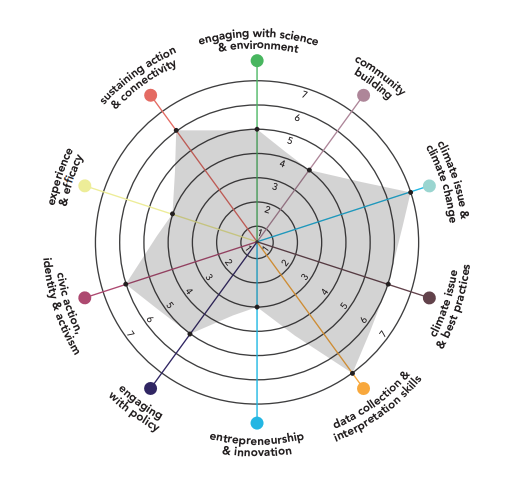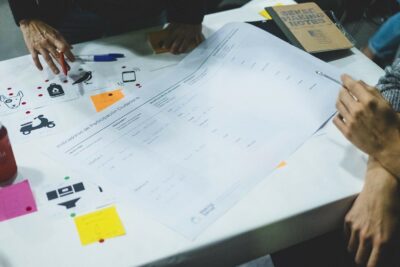Why is it relevant?
Participatory evaluation provides Citizen Observatory participants with an active role in the evaluation of their Citizen Observatory. It helps to foster dialogue and encourages diverse stakeholder groups to consider different perspectives about the progress and impact of the Citizen Observatory.
How can this be done?
Participatory evaluation encourages Citizen Observatory participants to collectively capture and evaluate the impacts of the Citizen Observatory. In turn, they can reflect on the activities and understand what was successful and what needs improvement for future endeavours. It also allows them to further understand the value of collecting data and evidence about the environmental challenge which is pressing to them. The Co-Evaluation Tool, Community-Level Indicators, Insights Workshops and Impact Stories are some of the tools you can use for participatory evaluation of your Citizen Observatory.
Useful Resources
TOOL: The Co-Evaluation Tool is open source and has been developed with community-led citizen science projects in mind.
TOOL: The Community Level Indicators Tool is open source and has been developed with community-led citizen science projects in mind. It is part of Citizen Sensing: A Toolkit, a collection of 25 methods and tools that can be used in citizen science projects.
SCIENTIFIC PAPER: This paper presents a qualitative study on the development of a novel approach to CLI during two projects that focused on noise pollution.
CoP: The WeObserve Impact Community of Practice brings together practitioners of Citizen Observatories and citizen science to share and learn different ways of capturing impacts, including via participatory evaluation.
You may also be interested in:
I want to measure impacts of the Citizen Observatory…
This work by parties of the WeObserve consortium is licensed under a Creative Commons Attribution-ShareAlike 4.0 International License. ![]()



